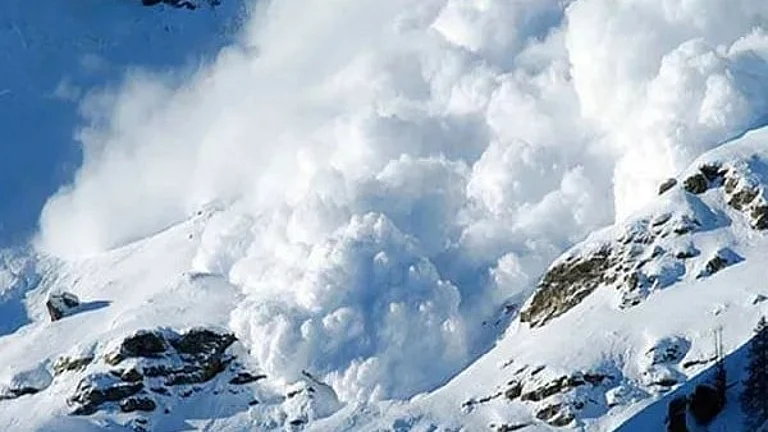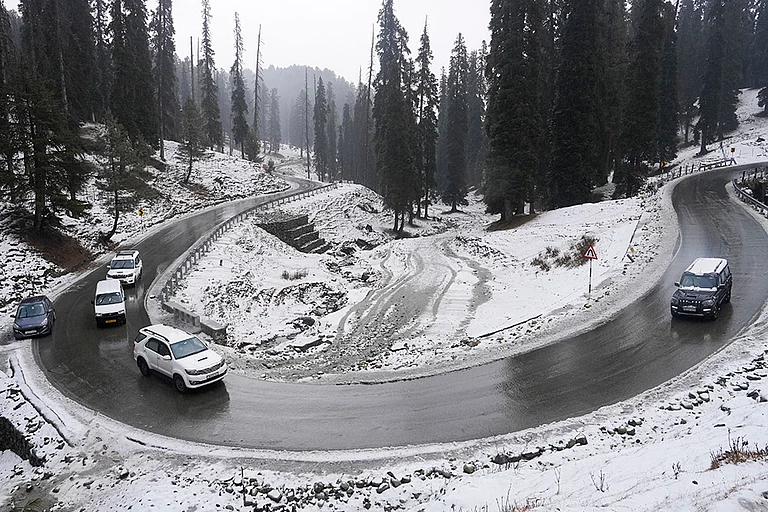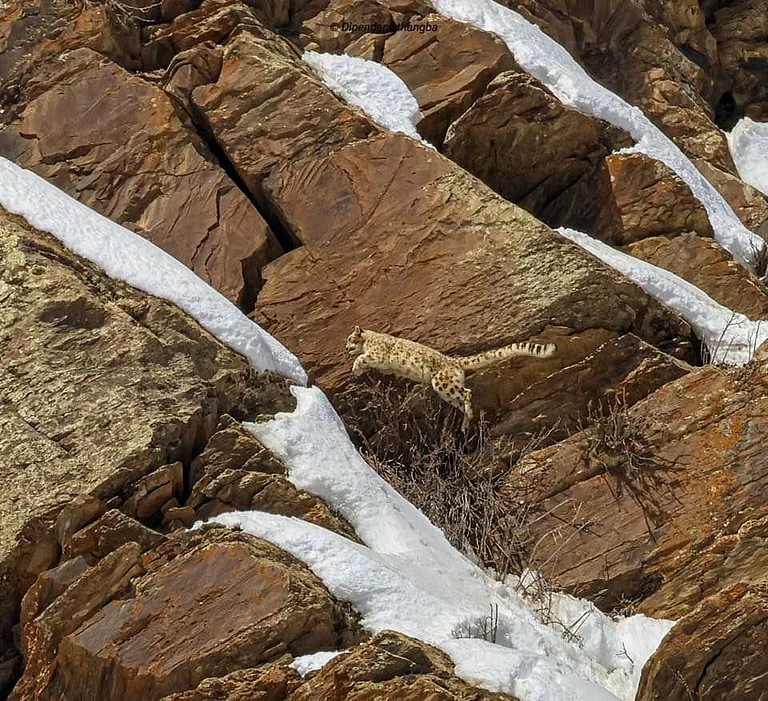
The population of snow leopards—one of the highly endangered wildlife species—has increased significantly over the past four years.
A new survey has revealed that the snow leopard population has increased to 83, representing a remarkable rise from 73 in 2021, including cubs.
In 2021, the population of snow leopards—the elusive cats, which quietly roamed the cliffs and ridges of Spiti—was only 51.
A week after Spiti was recognised as a cold desert in Himachal Pradesh’s Trans-Himalayas, it has again garnered international recognition for its conservation efforts. Now, another major success story emerges for its snow leopards.
Snow leopard populations have risen sharply over the past four years.
Since the first joint scientific survey by the state’s wildlife and Nature Conservation Foundation (NCF), Mysore, the count has risen to 83 from 73 in 2021, including cubs.
DFO Spiti Goldy Chhabra confirmed that Himachal Pradesh is home to 83 snow leopards—an elusive big cat rooted in Spiti’s geography, ecology, and culture.
In 2021, there were only 51 snow leopards quietly roaming Spiti’s cliffs and ridges. According to the new survey, their population has jumped by almost 62 per cent.
“DFO Chhabra explained the study: high- and low-occupancy areas were identified, and camera traps were installed for 60 days to ensure a scientific approach. Chhabra said the survey included community participation and aimed to secure lasting snow leopard conservation, reducing future man-animal conflict."
The range of the count, he explained, was recorded between 67 and 103, which brings the total number up to 83.
In 2021, the national survey range was 44 to 73, with a finalised count of 51. The new survey, released during Wildlife Week (observed from October 2 to 8), also suggests that habitats may expand.
The study also found snow leopards outside protected areas, including Kibber Wildlife Sanctuary, Great Himalayan National Park, Sechu Tuan Nallah Wildlife Sanctuary, and Asrang Wildlife Sanctuary.
In the survey, the wildlife teams have also attempted to map the distribution of key prey species, including Blue Sheep, Himalayan Ibex, and Musk Deer, as well as other high-altitude mammals such as Himalayan wolves, Brown Bears, and Red Foxes.
Inquiries from the local population revealed that snow leopards had been part of Spiti’s biosphere for a long time, but later the tribes began to view the cat as a threat to their livestock. They often resorted to retaliatory killings to protect their domestic livestock. This human–wildlife conflict led to a decline in their numbers through much of the 20th century.
From the 1990s onward, conservation groups such as the Nature Conservation Foundation (NCF) and the Snow Leopard Trust began working with Spiti’s villagers to transform their attitudes. By now, Spiti has become one of the ideal places in the world to spot snow leopards.
“Once feared, the snow leopards are now celebrated as the 'King of the Spiti Mountains,' symbolising both resilience and coexistence,” says Ajay Banyal, a wildlife enthusiast who has spent over six years in Spiti. The local communities live in complete harmony with snow leopards. There are some groups that not only work for their conservation but also earn their livelihoods.
Sightings of snow leopard pairs and families have become a wildlife tourism venture for some locals, who document their movements. Spots with frequent sightings exist. Banyal recalls a snow leopard pair, Aslisha, becoming a celebrity in the Spiti mountains.
In January 2022, an official spotted a mother snow leopard with two cubs near Kaza, Banyal recalls.
He says there is enough prey—blue sheep and ibex—to support the snow leopard population.
During winter snowfalls, snow leopards migrate to lower altitudes in search of prey. Their movements are easier to spot against the snow-covered terrain.
The Spiti Snow Leopard Conservation Society (SSLCS) is an active organisation collaborating with the state wildlife department and other agencies to protect this rare animal.
Experts note that, unlike other big cats, snow leopards don’t roar but communicate through growls, mews, and unique 'chuffing' sounds.
Officials stated that community involvement was crucial to the survey's success. Local youths and women from Kibber village assisted in deploying camera traps and analysing the data, while forest officers and other community members provided support for the fieldwork.
Kibber, home to a Buddhist monastery and the Kibber Wildlife Sanctuary, is a snow leopard hotspot. Other sites of snow leopard movement include Miyar, Chandra, Bhaga, and areas in Bharmour (Chamba) and Baspa (Kinnaur). Snow leopards are also known as “shen’ in some parts of the Spiti valley.
Spiti’s wildlife includes 17 mammal and 119 bird species, with the snow leopard as a flagship species. Other notable species include the Tibetan wolf, red fox, ibex, blue sheep, Himalayan snowcock, golden eagle, and bearded vulture. With over 800 blue sheep, Spiti Valley sustains large carnivores.
Snow leopards are one of the world’s rarest and most mystical big cats with grey/green eyes. The tail is as long as the body, and there are five inches of fur at the bottom to survive cold weather.
In India, snow leopards are found in the states of Ladakh, Jammu and Kashmir, Sikkim, Uttarakhand, and Arunachal Pradesh.




























